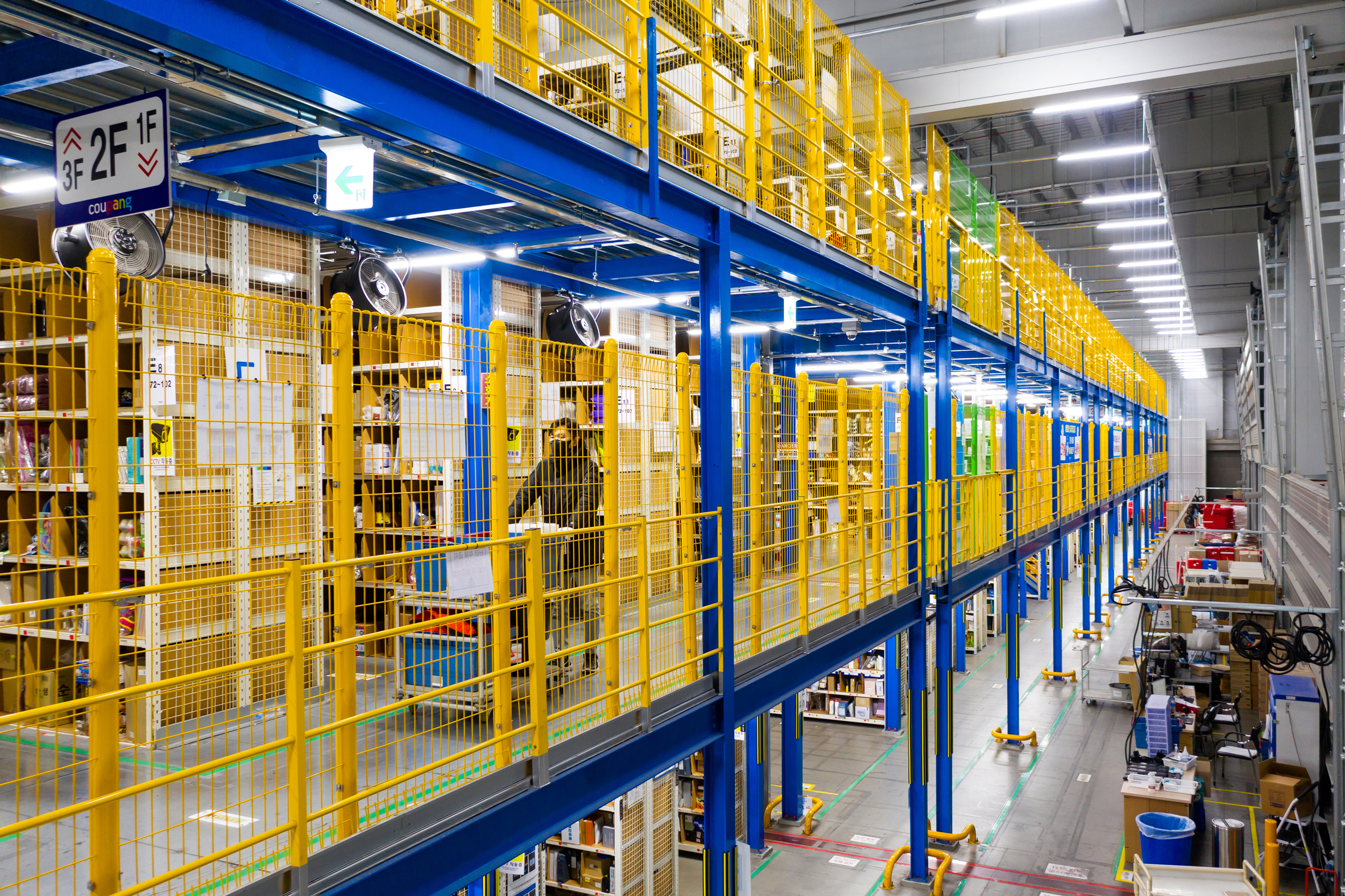This company delivers packages faster than Amazon, but workers pay the price

That was the question I had in mind last summer, before Jang’s death, when I met several of Coupang’s warehouse and delivery workers. Like Jang, who had told his mother that workers were treated like “disposable objects,” they had all experienced the dehumanizing effects of Coupang’s algorithmic innovations. Some talked about a bruising pace of work hitched to the expectations of superhuman delivery times. Others said it was difficult to even go to the bathroom at work. In 2014, when Coupang began offering Rocket Delivery, its on-demand delivery service, it had promised stable careers with above-average benefits even to bottom-rung workers. But somewhere along the way, it seemed, the workers had been reduced to what South Korean labor journalist Kim Ha-young has called the “arms and legs of artificial intelligence.”
It is no coincidence that much of this criticism mirrored reports of working conditions at Amazon. Although Coupang was founded in 2010 as a Groupon-like deals platform, it switched to Amazon’s vertically integrated fulfillment model in 2014, pledging to become the “Amazon of Korea.” In doing so, it ran into the exact same problems with labor.
Demanding work, on demand
What makes Rocket Delivery work is certainty—a promise that Coupang’s algorithms will determine exactly when a batch of deliveries needs to leave the warehouse in order to make it to you on time. In the company’s warehouses, these delivery deadlines come approximately every two hours.
“I realized when I started working there that the sole priority was meeting Rocket Delivery deadlines,” said Go Geon, one former warehouse worker I spoke to. “We were just robots.” Go went on medical leave from his job at Coupang in May 2020 after tearing his left hamstring while running to meet a deadline. He has since been let go by the company.
During the pandemic, the casualties of the obsession with hyperefficiency stacked up. From 2019 to 2020, work-related injuries and illnesses at Coupang and its warehouses nearly doubled to 982 incidents.
Like Amazon, Coupang has used a “unit-per-hour,” or UPH, metric to measure worker productivity in real time and maintain the grueling pace in its warehouses. Although workers are officially given one hour of rest for every eight-hour shift—the legally mandated minimum break—one driver I met last September told me that most people simply worked through their breaks to stay on schedule. He is no longer with the company. In an emailed statement to MIT Technology Review, a Coupang spokesperson stated that the company no longer tracks UPH at its warehouses. But one current worker I spoke to recently told me that some warehouse managers are still openly monitoring work rate this way. “They rarely use the term ‘UPH’ anymore,” he said. “But they’ll still hector you for being too slow, presumably based on some form of concrete proof.”
During the pandemic, from which Coupang has handsomely profited, the casualties of this obsession with hyperefficiency stacked up. From 2019 to 2020, work-related injuries and illnesses at Coupang and its warehouses nearly doubled to 982 incidents. Since Jang Deok-joon’s fatal heart attack, three more Coupang workers have died from what labor activists say was overwork (there have been no official rulings on their deaths).






